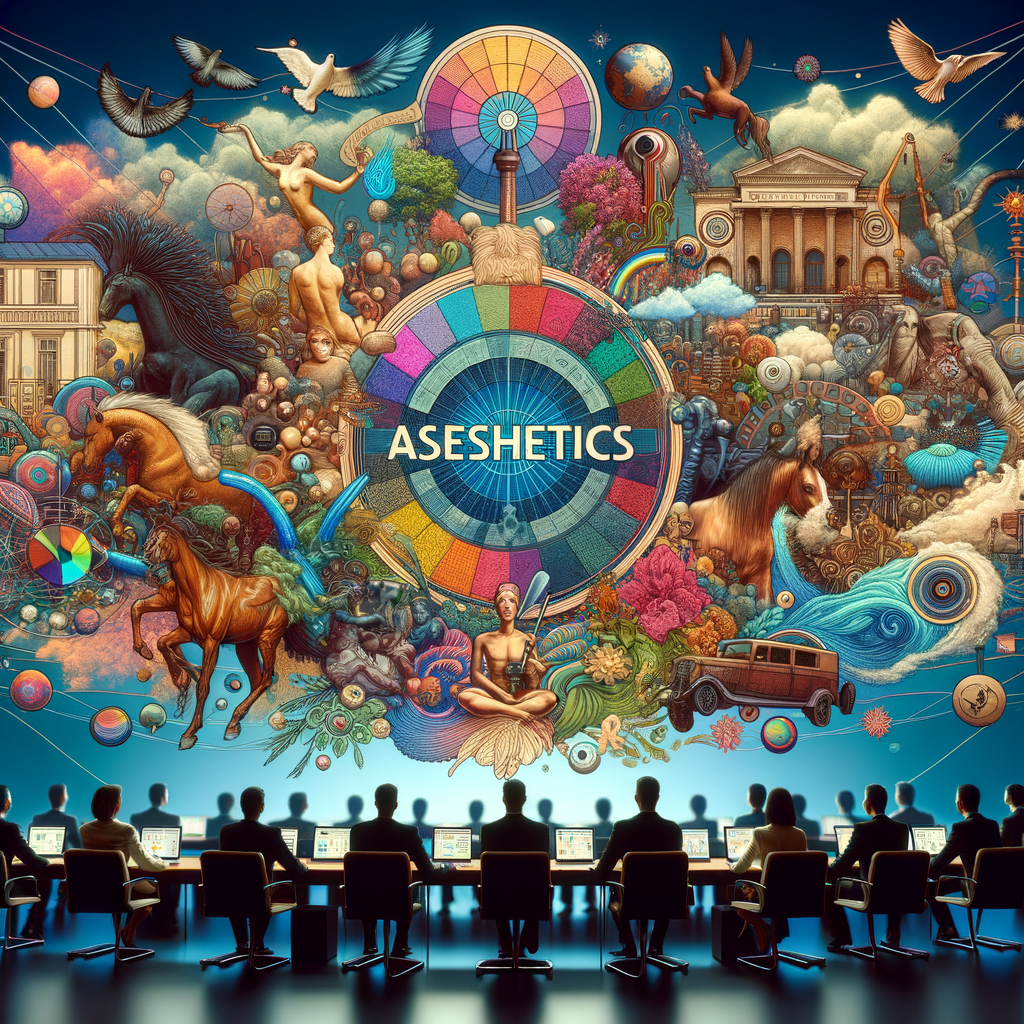When we talk about aesthetics, we’re diving into a rich tapestry of visual schema that collectively create a specific “mood” or atmosphere. Aesthetics are more than just a visual style; they’re a cultural phenomenon that captures the essence of a particular theme, era, or community. Let’s explore some intriguing types of aesthetics and where they originate from.
Aesthetics from Internet Communities
The internet has given birth to some fascinating aesthetics, each with its own unique appeal. Consider Cottagecore, which romanticizes rural life and nature, or Dark Academia, an aesthetic that emphasizes classical literature, scholarly pursuits, and a darker, autumnal color palette. These internet-born aesthetics are not just visual styles but lifestyles embraced by communities online.
National Cultures
While describing national cultures can be risky due to potential stereotyping, some aesthetics do borrow elements from the rich tapestries of national identities. For example, Americana celebrates American culture with visuals of cowboys, diners, and Fourth of July parades. On the other hand, Traditional Polish aesthetics might feature folk costumes, intricate embroidery, and vibrant festivals. Each of these aesthetics offers a glimpse into the cultural heart of a nation.
Genres of Fiction
Fictional genres also have their own distinct aesthetics. Cyberpunk, for example, is characterized by neon lights, advanced technology, and dystopian landscapes. In contrast, Gothic aesthetics embrace dark, moody visuals with elements like old castles and eerie fog. These aesthetics often spill over from literature and film into fashion and art.
Holidays
Holidays come with their own iconic imagery and colors. Think of Christmas, with its warm reds and greens, twinkling lights, and festive decorations. Similarly, Halloween brings to mind a palette of orange and black, spooky costumes, and eerie decorations. These holiday aesthetics evoke a sense of nostalgia and communal celebration.
Location-Based Aesthetics
Some aesthetics are tied to specific locations. For instance, Urbancore captures the hustle and bustle of city life, featuring skyscrapers, street art, and busy crosswalks. Fanfare might evoke the lively atmosphere of a county fair, complete with Ferris wheels, cotton candy, and playful games. These aesthetics are rooted in the activities, architecture, and people of a place.
Music Genres
Visual motifs often accompany music genres. Take City Pop, a Japanese genre from the ’70s and ’80s that features vibrant, retro-futuristic visuals in its album art and music videos. Emo aesthetics, on the other hand, are characterized by dark clothing, heavy eyeliner, and an overall melancholic vibe. These visual elements add depth to the music, creating a more immersive experience.
Historical Periods
Each period in history has its own distinct visuals. The Victorian era, for example, is known for its ornate architecture, elaborate clothing, and intricate designs. The Y2K aesthetic, on the other hand, brings back the early 2000s with metallics, futuristic tech, and bold, flashy colors. These historical aesthetics offer a nostalgic look back at the past.
Stereotypes
Some aesthetics play on stereotypes, portraying exaggerated traits of a particular group. For instance, Brocore often features gym culture, baseball caps, and an overall “frat boy” vibe. VSCO girls are characterized by scrunchies, oversized T-shirts, and a love for hydro flasks. While these aesthetics can be playful, it’s important to approach them with sensitivity to avoid reinforcing harmful stereotypes.
Subcultures
Subcultures often blend music genres and fashion styles to create a cohesive aesthetic. Raver culture, for example, is known for its neon clothing, glow sticks, and dance music. Skinheads, originally a British subculture, feature a distinct look with shaved heads, boots, and braces. These subcultures use aesthetics to express their identities and values.
Diving into the 2020s E-Kid Aesthetic
One of the most fascinating contemporary aesthetics is the 2020s E-Kid. This aesthetic blends elements from various internet cultures, music genres, and fashion trends. It’s characterized by bold, neon colors, layered clothing, and a mix of tech-inspired accessories. Think oversized hoodies, chain necklaces, and a hint of futuristic makeup. The E-Kid aesthetic is a visual representation of the digital age, embracing the fluidity and interconnectedness of modern youth culture.
In conclusion, aesthetics are a beautiful and complex collection of visual schemas that help us express mood, culture, and identity. Whether originating from internet communities, national cultures, or music genres, each aesthetic offers a unique lens through which we can view the world.

Leave a Reply